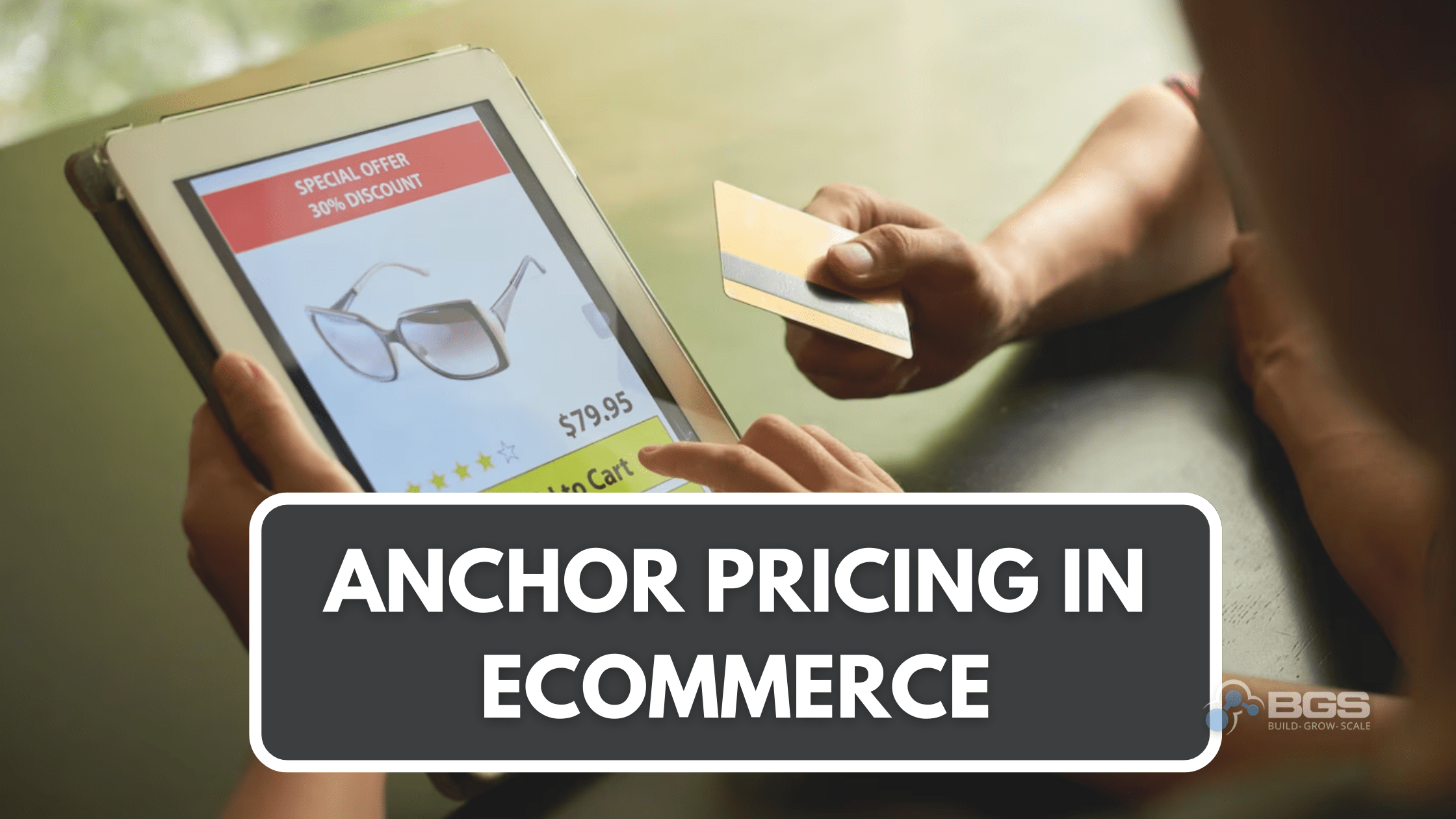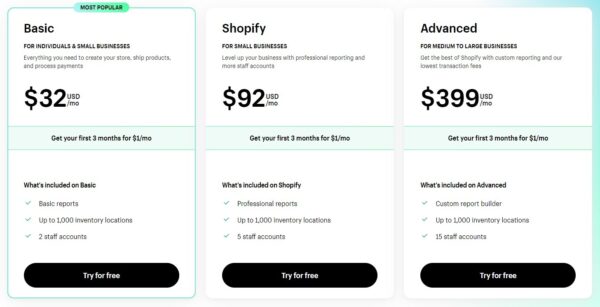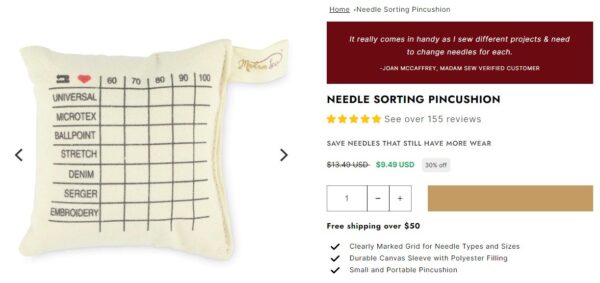How Anchor Pricing Can Supercharge Your E-Commerce Sales

Dolly Tomas | Aug 15, 2023
Reading Time: 5 minutesSearching for savvy strategies to boost your ecommerce sales? Get ready to discover the power of anchor pricing.
It’s a psychological trick that can nudge customers towards higher-priced items and increase your revenue. By effectively understanding and implementing this strategy, you’ll be able to guide your customers’ buying decisions more than you’d think.
Ready to dive in? Let’s explore anchor pricing together!
What is price anchoring?
You’re probably wondering what price anchoring is, well, it’s a psychological pricing strategy often used in ecommerce to influence your perception of the product value.
The concept revolves around presenting a higher initial price, the ‘anchor’, followed by a lower selling price. This anchor pricing scenario makes the latter seem like an appealing bargain.
Here’s how it works: You see an item originally priced at $100 now marked down to $75. That original $100 price is the reference point or anchor. It sets your expectations about potential costs and creates a contrast that makes $75 seem like a fantastic deal.
But let’s dissect this strategy further. The usage of anchor pricing isn’t random; it’s strategic. Retailers understand our cognitive bias towards the first piece of information we receive – the anchoring effect. They use this to their advantage, creating perceived value through careful placement of prices.
However, awareness of market trends and customer preferences is crucial for successfully implementing this psychological pricing technique. After all, setting unrealistic anchors can backfire by making actual prices seem high instead of attractive bargains.
So there you have it—a quick deep dive into reference pricing and its role in driving sales in ecommerce!
How does price anchoring help your ecommerce customers when shopping?
By setting a reference price, shoppers can compare other products, thus guiding their purchase decisions. Imagine you’re shopping online for a new laptop. You see one listed at $1500, but next to it is another one, just as powerful, marked down from $2000 to $1600. Even though the second laptop is more expensive, you perceive it as a better deal because of the original price.
This strategy taps into your customer’s need to feel they’re making an informed decision and getting value for money. It helps them navigate through an overwhelming array of choices by providing a point of comparison.
But remember, effective anchor pricing isn’t about deceiving customers with inflated initial prices; rather, it’s about showcasing the true value of your products. It’s crucial that you fully understand your market and product positioning before implementing this strategy.
How to implement an anchor pricing strategy for your ecommerce store
Implementing this method for your online store isn’t as hard as you might think. You’ll need to start by analyzing your products’ prices and determining which ones could potentially serve as anchors. Typically, these are the most expensive items or services you offer.
Once you’ve identified potential anchors, it’s time to place them in your ecommerce environment strategically. Remember that anchor pricing works by setting a reference point for customers; they’ll perceive other products as less expensive when compared to the anchor price, even if those prices aren’t particularly low.
A strategic placement of anchor products means featuring them prominently on your site: at the top of product listings, in comparison charts, or even in marketing emails and ads. You aim to ensure customers see these prices early during their shopping journey.
Next, conduct A/B testing with different anchor prices and placements. This will help you understand how different strategies affect customer behavior and sales outcomes.
Lastly, don’t forget to monitor your results regularly – tweak things here and there based on what’s working best for your context.
Price anchoring examples to use on your ecommerce store
As you delve deeper into your ecommerce strategy, it’s crucial to understand the intricate elements of price anchoring. Particularly comparative pricing and strike-through pricing.
Comparative pricing can be a powerful tool in conveying value to your customers. It shows them the marked-down prices from their original cost.
Meanwhile, strike-through pricing serves as a visual cue that invites viewers to take advantage of perceived savings. But there’s more than meets the eye in executing this effectively and strategically.
Comparative pricing
Comparative pricing is a technique where businesses set the price of their products relative to the prices of similar products in the market. It’s an effective strategy for those who want to position themselves competitively and help customers make informed decisions.
But it’s not simply about being cheaper than your competitors. You’ve got to consider your company’s value proposition. Why should customers choose you over others? Maybe it’s because you offer superior quality, exceptional customer service, or unique features that others don’t have. These factors can justify a higher price point.
It’s also important to keep track of market trends and adjust your prices accordingly. Comparative pricing isn’t static; it requires constant monitoring and adjustments based on evolving market conditions.
Shopify uses comparative pricing to display their various plans
Strike through pricing
You’re likely familiar with strike-through pricing. It’s when a retailer shows the original price crossed out next to the current discounted price. This method plays on customer psychology, creating an immediate visual comparison that highlights perceived savings.
Carefully consider where you implement this strategy. Overuse may lead to customers expecting constant discounts, thereby devaluing your products.
Strike-through pricing can be particularly effective during sales or promotional events, helping customers quickly identify deals. However, keep in mind that transparency is key. If you inflate the original price only to mark it down again, savvy shoppers will see through this tactic, and it could harm your reputation.
Use strike-through pricing wisely and ethically to boost your ecommerce sales effectively.
Madam Sew ecommerce store has implemented the strike-through pricing strategy
Final thoughts on anchor pricing
So, you’ve seen how price anchoring can be a game-changer for your ecommerce business. It’s about guiding customers to perceive value, making your products irresistible.
Implementing this strategy isn’t hard; it just requires careful planning and execution. Take inspiration from the examples provided, strategize wisely, and watch your sales soar!
Remember, it’s all about creating that ideal perception of value for your customer.
Frequently Asked Questions
Anchor pricing, also known as reference pricing or price anchoring, is a pricing strategy commonly used in ecommerce to influence consumer behavior and drive sales.
While anchor pricing can boost sales, it carries risks. You may inadvertently set customer expectations too high or low, making it harder to sell without discounts. It might also foster mistrust if customers perceive manipulation.
Track key metrics like sales volume, conversion rates, and average order value to measure your anchor pricing strategy’s success. You’ll see effectiveness if you’re selling more at higher prices than before the strategy’s implementation.
Anchor pricing doesn’t work equally for all product types. It’s often more effective for high-value, luxury items where a higher price point can be justified. You’ll need to experiment to find what works best.
When comparing ecommerce to traditional retail, you’ll find anchor pricing works similarly. However, it’s often more effective online due to increased price transparency and the ease of changing prices rapidly.



Table of Contents
What is price anchoring?How does price anchoring help your ecommerce customers when shopping?How to implement an anchor pricing strategy for your ecommerce storePrice anchoring examples to use on your ecommerce storeComparative pricingStrike through pricingFinal thoughts on anchor pricingFrequently Asked QuestionsTable of ContentsAbout the authorLeave a Comment Cancel ReplyAbout the author
Dolly Tomas
Dolly, Revenue Optimization Expert at Build Grow Scale! With a wealth of experience in eCommerce and an extensive background in Customer Service as an Operations Manager, Team Leader, and Project Manager, she's got the secret sauce to boost your bottom line. Armed with a Bachelor's degree in Electronics and Communications Engineering, she's a master of numbers and problem-solving. Balancing her professional achievements with her cherished role as a devoted mother to two cute kiddos, Dolly shows her unwavering commitment to driving revenue growth and her ability to navigate complex challenges make her an invaluable asset to any organization.






